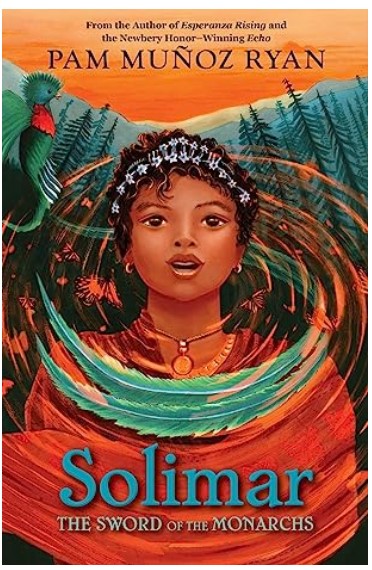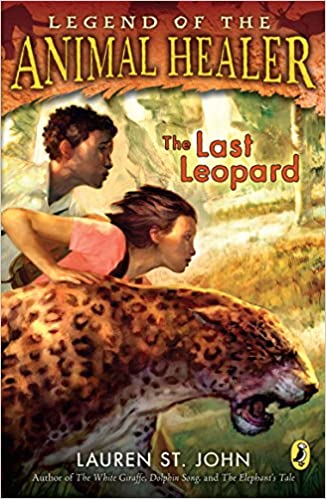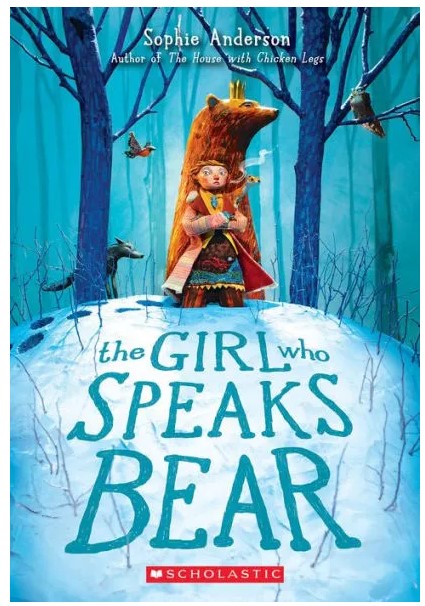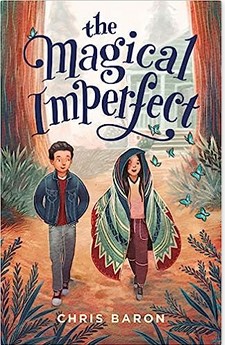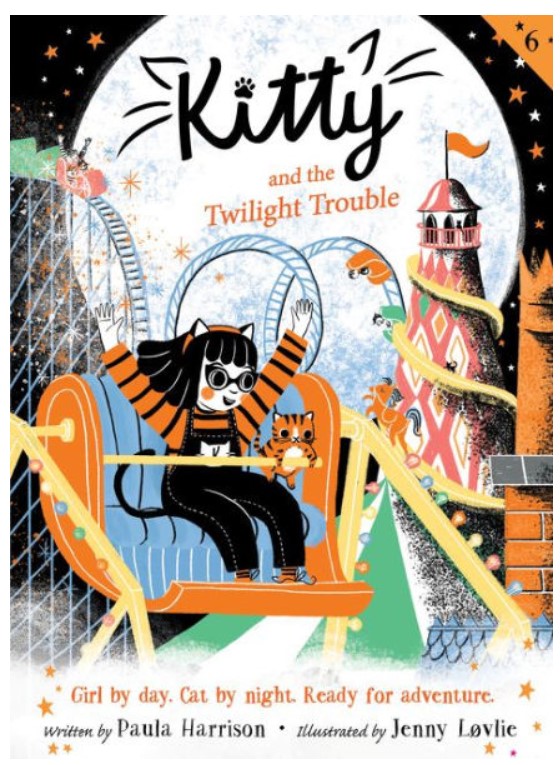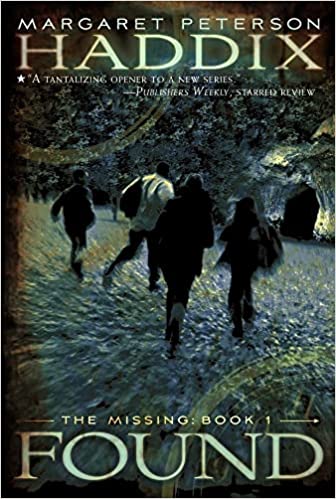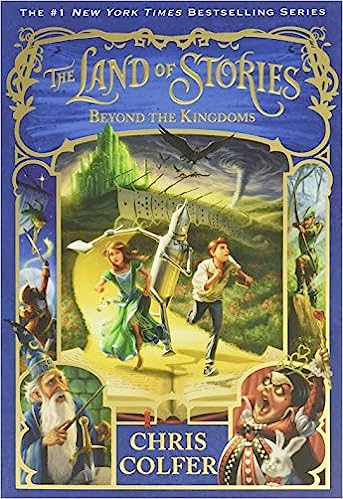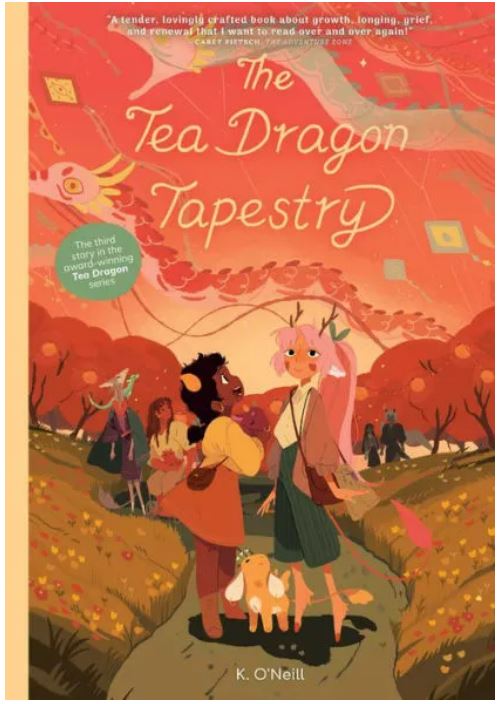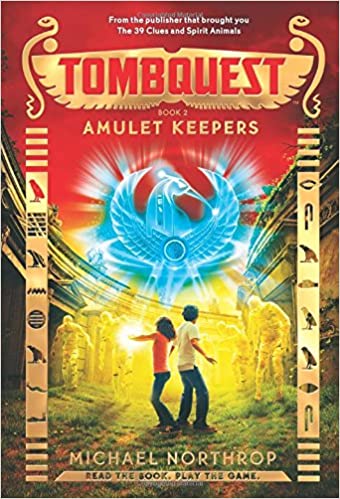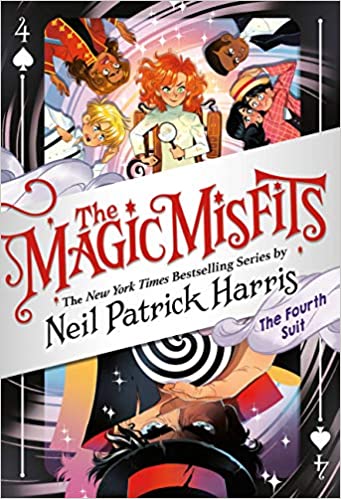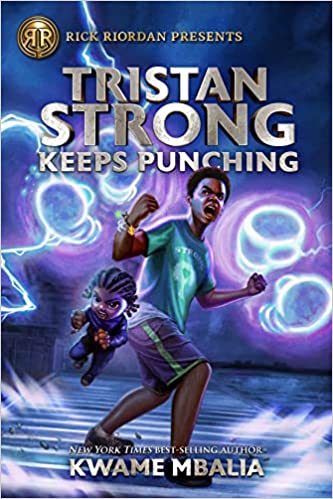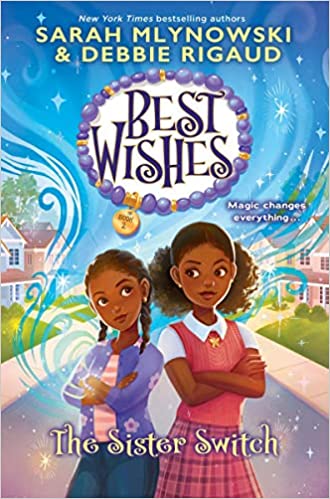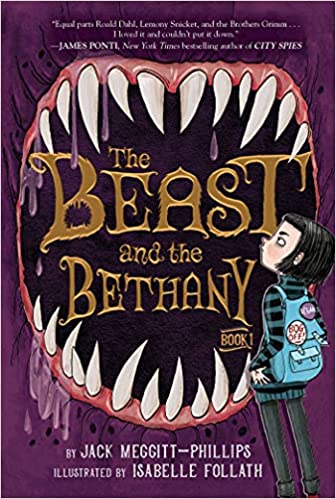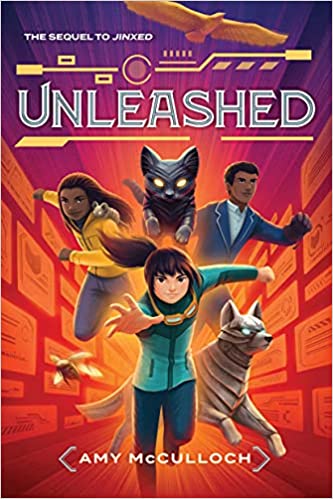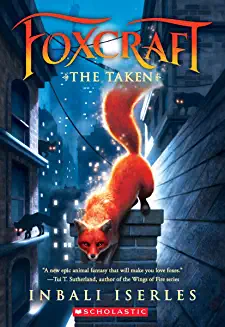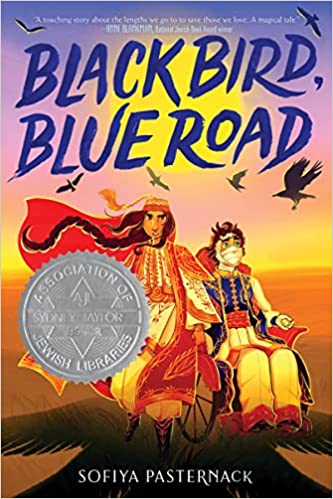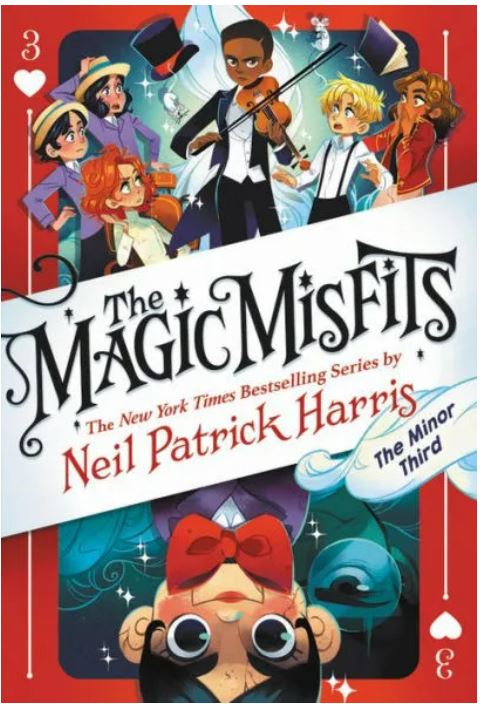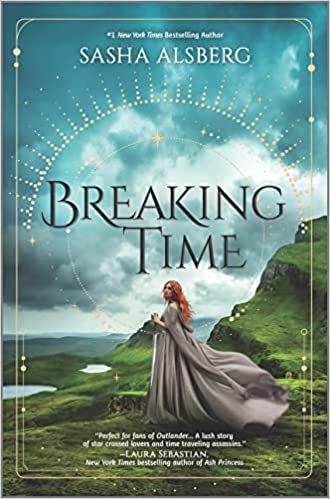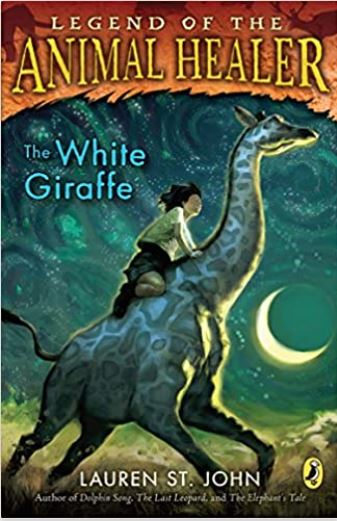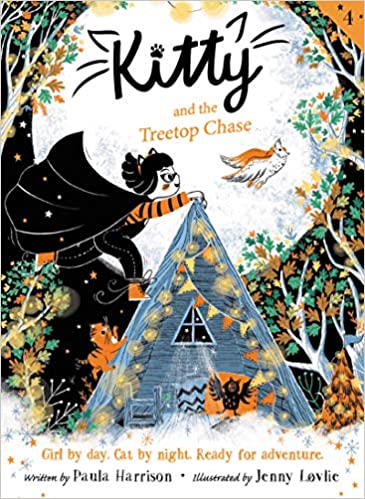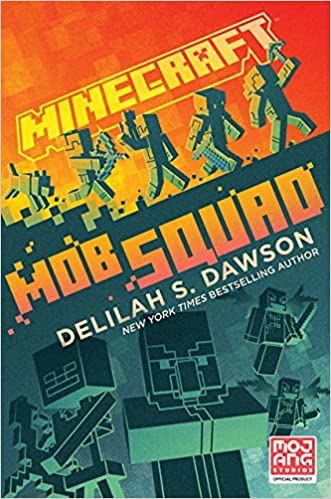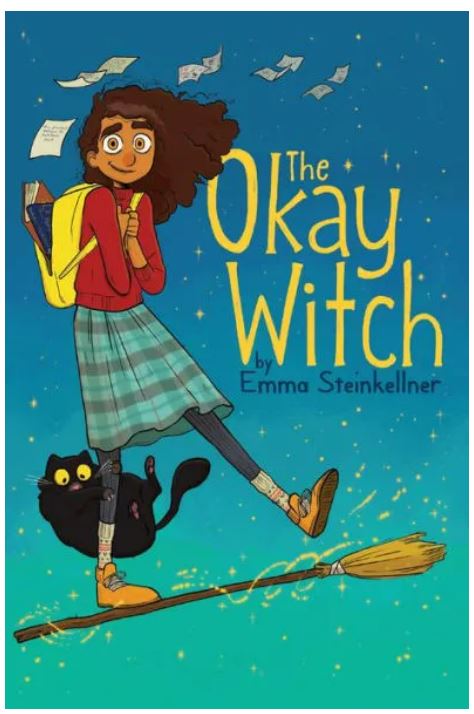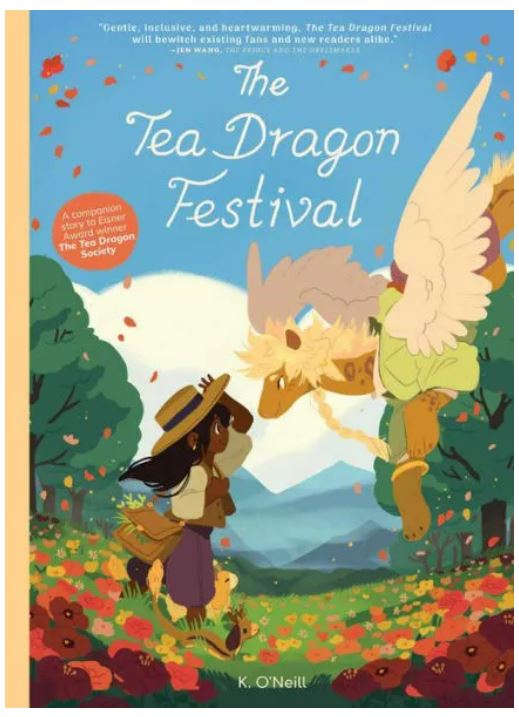Solimar, a soon-to-be princess of the kingdom of San Gregorio, is about to celebrate her fifteenth birthday. “After the quinceañera, she would be considered a princess of the world. And she would also officially be crowned Princess Solimar Socorro Reyes Guadalupe of San Gregorio.”
Solimar’s home is known for its oyamel forest, a sacred place for the monarch butterflies that migrate each year. Solimar decides to watch the new generation of monarchs arrive in the oyamel forest. When Solimar goes to oyamel, she is surrounded by butterflies, who completely cover her arms and her rebozo, or shawl. Afterwards, Solimar notices that her rebozo looks as if it has “butterfly wings embedded in the fabric . . . and they’re shimmering.” The encounter with the monarchs gives Solimar the ability to predict the near future while she is wearing the rebozo and standing in sunlight.
But then, on the eve of the kingdom’s annual supply trip, Solimar’s brother tells her, “He’s running away from home to join a ship because he doesn’t want to be king anytime soon, or possibly ever.” On top of this, when her father and brother set off on the trip, a neighboring king and his guards invade Solimar’s kingdom and take her mother and abuela hostage. The invading king plans to use Solimar’s mother and the rest of their family as a bargaining tool to force Solimar’s father to give him a thousand acres of their oyamel forest. Solimar hides just in time to escape the notice of the invaders and realizes it is up to her to find a way to warn her father of the invaders and their plans. Solimar, her bird Lázaro, and an enchanted talking doll set off on their quest down the river, in an attempt to “warn her father in time and change the destiny of her kingdom.”
Solimar is a sympathetic and strong female character that readers will connect with due to her determination and willingness to go against the mold. Though she is a soon-to-be princess, Solimar does not believe she needs to look a specific way to be considered royal. She explains that she prefers her hair short, and says, “Where does it say what a princess must look like?” She even argues with her brother and father for reform within the kingdom. She explains, “I wanted to change things in my kingdom. I have ideas about forming a council of men and women who advise the king and allowing everyone in the kingdom to vote,” instead of just men.
Readers who enjoy fantasy and heroic journeys will love Solimar’s adventure to rescue her kingdom. This book occasionally showcases Spanish words, which can expand readers’ exposure to new vocabulary. The first time the Spanish words are used, they are typically explained in English, but readers will also be able to use context clues to identify the meanings. There is also a map of all the different locations Solimar visits as she journeys through the kingdom of San Gregorio at the front of the novel.
Readers will sympathize with Solimar as she learns to appreciate her responsibilities to the kingdom. Solimar’s family also shows growth, as they ultimately decide to let their son, the prince, pursue the life of a sailor and “creat[e] a transport fleet for [their kingdom].” Another example of growth is when Solimar is hesitant to put on a crown, fancy shoes, and a gown for her quinceañera. Her dislike of these formalities symbolizes that she is afraid that in becoming a princess she will still not have a voice in making decisions that impact the kingdom. However, by the end of the novel, Solimar grows to appreciate her family, who trust her input and ideas and even appreciate the quinceañera’s formal ceremony. Overall, this book showcases the importance of family, friendship, and finding trustworthy people in tough situations. Readers eager to explore more books about friendship should also read A Thousand Questions by Saadia Faruqi and A Hundred Horses by Sarah Lean.
Sexual Content
- None
Violence
- Abuela’s friend who practices enchantments, Doña Flor, tells Solimar what will happen if someone tries to steal the magical rebozo from her. Doña Flor says, “Anyone who tries to break the bond would suffer the wrath of the ancestral spirits,” which means, “Rage, madness, impending doom.”
- A leader of a rival kingdom breaks into Solimar’s family home. “Mothers called for their daughters. Girls cried. Footsteps scuffled. Chairs tipped over. A man’s booming voice ordered, ‘Be quiet!’” Solimar’s mother, grandmother, and friends are trapped and kept as hostages. “Abuela glanced over her shoulder and caught sight of Solimar. Her eyes filled with alarm, and almost imperceptibly . . .Abuela waved for Solimar to go away.” Solimar stays hidden and escapes.
- The guards from the rival kingdom surround Solimar’s mother, abuela, and their advisors. “One stepped forward and announced, ‘By order of King Aveno, you all are under house arrest and may not leave the castle.’” When King Aveno enters, he reveals he is holding hostages to “gain the advantage I needed to negotiate for the land I wish to buy” from Solimar’s father, King Sebastián.
- Solimar’s friend, Berto, talks about his father who “died five years ago.” Berto does not describe the event in detail.
- King Aveno snatches the rebozo from Solimar and suddenly “the sky darkened, and a wind stirred and steadily grew . . . From the forest, a dark, tornado-like cloud raced toward the stage. [The king’s spy] and King Aveno held on to each other in an attempt to withstand the fierce gale. The wind roared.” The tornado “lifted away, growing smaller and smaller until it vanished. When the wind and world quieted, King Aveno and [his spy] were nowhere to be seen. All that remained were their boots and Solimar’s crumpled rebozo.”
Drugs and Alcohol
- None
Language
- Occasionally, Solimar’s Abuela proclaims “for heaven’s sake.”
Supernatural
- When Solimar goes to watch the migration of the monarch butterflies, she suddenly is surrounded by them: “A swarm of monarchs descended and swirled around her—a blur of black, orange, and coral—creating an iridescent mist as if she was swaddled in the softest and nicest blanket.” She starts to hear “a rhythmic humming” and is not sure where it is coming from as, “The song persisted, though, and grew louder and louder until it reached a crescendo of haunting voices.”
- After her encounter with the monarchs, Solimar notices a mystical substance around her. “Glittery specks lingered in the air like suspended jewels” and her shawl, or rebozo, is covered in the magical substance. “One side looks as if the butterfly wings are embedded in the fabric . . . and they’re shimmering.”
- After Solimar’s encounter with the butterflies, she can predict things, such as when her abuela is about to fall down a hill while searching for a specific herb. Solimar explains, “I’ve never seen that herb before. I just knew where it was and that she would fall. But I don’t know how I knew.”
- Solimar’s friend Josefina tells Solimar, “[My boyfriend] asked to meet me tonight, but he was so serious and standoffish that I am worried his feelings for me have changed. What will he tell me?” Solimar instantly begins to predict a proposal, “Only that he loves you…” And sure enough, this prediction does come true.
- To see if her predictions are only lucky guesses, Solimar asks her friend Maria to, “Ask me something else. Maybe about the expedition. Something I couldn’t already know.” Maria says, “When I talked to [the stable hand] only an hour ago, he mentioned your father had just decided on the horse he would ride in the lead tomorrow. Which stallion will have the honor of wearing the king’s colors?” Solimar answers correctly, confirming she can make predictions while wearing the magical shawl.
- Abuela takes Solimar to see a folk healer, “where few dared to travel unless they needed to be rid of a curse or cleansed of evil spirits.”
- The folk healer, Doña Flor, taught Solimar’s grandma how to use herbs to help heal ailments. Abuela says, “Her enchantment is for good . . . some things at Doña Flor’s house are charmed. Just . . . be accepting. That’s all I ask. Embrace the mystery and the peculiarities.”
- Doña Flor tells Solimar, “Your rebozo is the swaddle for the butterflies. You are now their protector and inseparably connected to them.” Because of this, Doña Flor reveals that the magic of the butterflies in the shawl “are safely embedded. It’s part of the magic, as is the ability for [Solimar] alone to bear their intuition about the near future and what lies ahead.”
- Though Solimar is now able to access the magical intuition of the monarchs, she knows “each day that it is sunny, [Solimar] must open the rebozo to warm and strengthen those you carry. Otherwise [the monarchs] will never have the stamina to take leave and cluster in the trees.” In addition, Solimar must avoid people asking her questions in the sun because, “For every question you answer, it drains a little of [the butterflies’] strength. If they lose too much they will surely die.”
- Doña Flor has enchanted dolls that “begin to chatter.” Doña Flor tells Solimar that “their enchantment is strong, yet they are generous souls and very helpful.”
- Abuela has tried to use spells. She says, “I tried to make a love potion on [my cat] and the stable cat, hoping to make them compatible. But I wasn’t exactly successful . . . But instead of falling in love with each other, they fell in love with the first inanimate object they touched. In [her cat’s] case, it happened to be that green woolen sock she carries everywhere.”
- Solimar uses magic to figure out which way to go in the dangerous devil’s river. Solimar “heard the chorus again — mystical and ancient and with such harmony that her arms prickled and tears filled her eyes. A clutch of monarchs lifted from the rebozo, their wings beating in time to the rhythmic song, and trailed after the swarm toward the waterway on the right.”
- The magic of the monarchs can move a canoe without Solimar paddling it at all. “The canoe glided to the right, following the monarchs’ path.”
- Solimar uses her predictive abilities to help navigate a perilous labyrinth of caves. She reveals, “The tunnel on the right is navigable, but there is no through passage. The water is stagnant, and the air is foul-smelling. The one in the middle has a rock ceiling that eventually becomes so low that the only way to pass is by swimming beneath it, underwater. The tunnel on the left leads to a long corridor and a bat-filled chamber.” She makes it safely out of the caves.
- Solimar and her abuela plan to distract the invading guards with an enchantment. As the invaders sit in the middle of the room waiting for the greedy king’s decision about his hostages, “The awnings above the audience collapsed, spilling all manner of household items into the audience: feather dusters, wooden spoons, tea towels. . . Everyone who had been forewarned about the pastries and had not eaten them laughed as each guard picked up an inanimate object — and immediately fell hopelessly in love with it. At least for a few weeks, they would be as lovestruck and preoccupied as [Abuela’s cat], whose sweetheart was a green woolen sock.”
- Solimar carries the rebozo and protects the monarchs that are magically embedded inside until they are strong enough to leave. At that point, “A wave of butterflies erupted from the oyamel forest. They dove and swooped around Solimar. . . The ancient song began, beautiful and melodic. The butterflies lifted the fabric, turning it around and around in the sun, and waving it so that it rippled until the creases fell away.” The last butterfly “emerged . . . the last one she protected landed on [Solimar’s] finger, then flew away to join the others in the oyamel forest.”
Spiritual Content
- Solimar’s kingdom is home to “the oyamel forest,” a forest that draws in monarch butterflies. She explains, “Like everyone in the kingdom, Solimar believed that the ancestors of the monarch butterflies inhabited the oyamel forest, and that year after year, their spirits lured a new generation of butterflies to this spot during their migrations.”
- In Solimar’s kingdom of San Gregorio, “the forest and the monarchs were revered and protected,” and the forest is often referred to as “the sacred place.”
- Solimar ponders what draws the butterflies to the forest each year. “Isn’t it amazing that the butterflies, that have never been here before, arrive season after season at the same spot as their ancestors? Is it the magnetic pull of the earth or the position of the sun as the scientists suggest? Or do the spirits of their fathers and mothers whisper directions to them in a dream? Is it some magical intuition that allows them to know what lies ahead? . . . it’s a miracle.”
- The dangerous river that prevents Solimar’s kingdom from trading goods is referred to as “Río Diablo,” or the devil’s river.
- When Solimar and her abuela visit Doña Flor for advice on Solimar’s ability to predict things, Doña Flor uses scents and vapors to help her. Doña Flor “stopped and picked a few leaves from one of the dried bouquets hanging from the ceiling and tossed them on the fire. A crisp fragrance, like a muddle of pine and mint, filled the room. Doña Flor waved the vapors toward her and inhaled deeply.” Abuela explains, “The strong scent of eucalyptus helps with remembering.”
- Doña Flor explains that when any of the monarchs of the oyamel forest are weak, “on those occasions, the ancestral sprits of the monarchs choose a benevolent courier to protect the stragglers until they are strong enough to join the others” on their migration.
